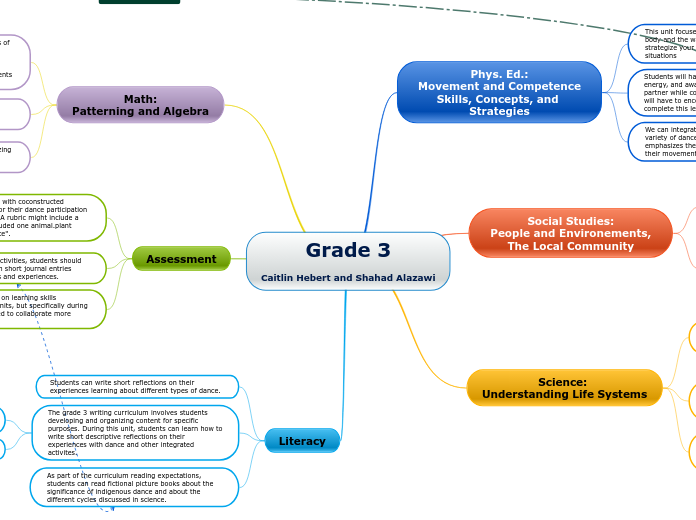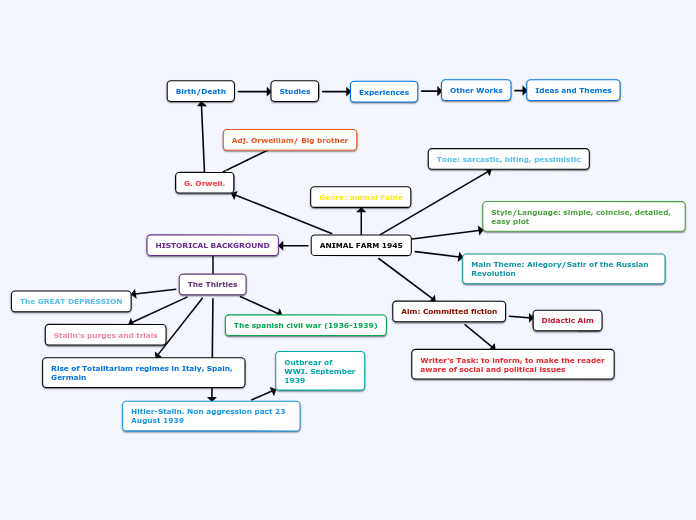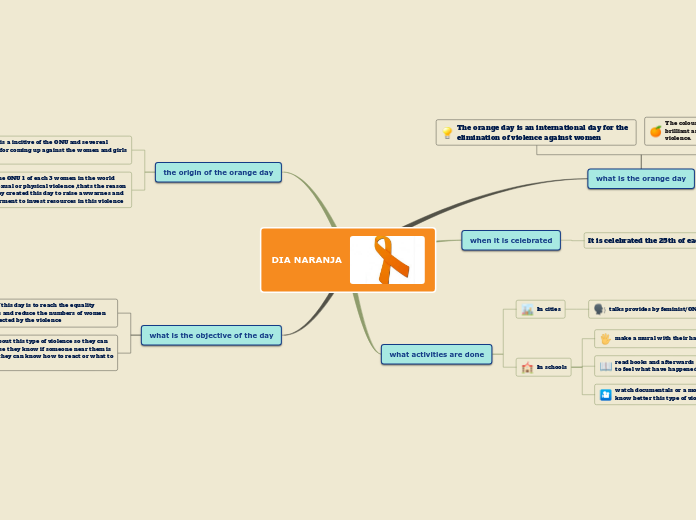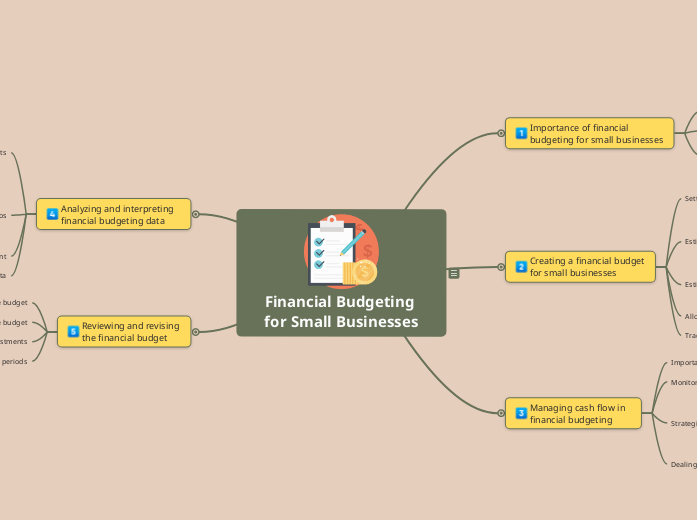realizată de Shahad Alazawi 4 ani în urmă
260
Grade 3 Caitlin Hebert and Shahad Alazawi
In this educational plan for Grade 3 students by Caitlin Hebert and Shahad Alazawi, the focus is on integrating dance into both Physical Education and Social Studies curricula. The Physical Education unit emphasizes movement, competence skills, and strategies, where students learn various dance moves to develop control over their movements.









